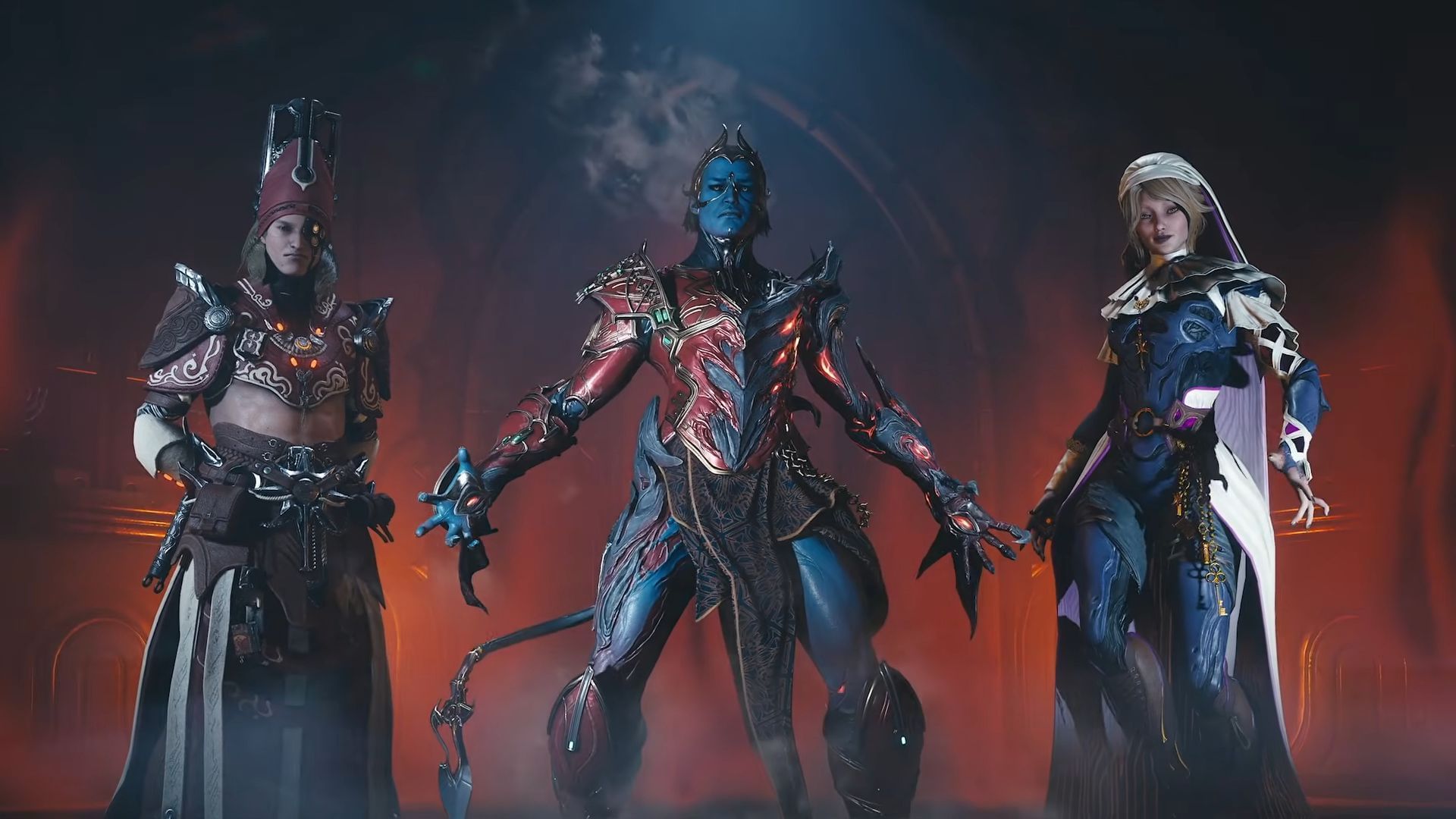By Sambit Pal
Copyright sportskeeda

Damage Attenuation is a mechanic in Warframe that makes specific enemies significantly more durable. While a lot of enemies get resistance to specific damage types (such damage resistance through armor), Attenuation puts a soft-cap on outgoing DPS on these enemies, so to speak. Damage Attenuation in Warframe is not standardized, so a lot of enemies use this principle of limiting your outgoing damage in different ways. This includes decade-old bosses and minibosses such as Lephantis and the Infested Juggernauts, to more modern enemies like Legacytes in Hollvania. However, with the upcomign Vallis Undermined update in Warframe, Damage Attenuation is gettign some revamps. This was one of the more important things discussed in Devstream 189 recently, and here’s what you need to know. How does Damage Attenuation work in Warframe?It’s possible to stack up a ridiculous amount of status procs with anit-climactic results (Image via Digital Extremes)If an enemy or boss in Warframe has Damage Attenuation, it will have a set range of damage it ought to within a timeframe, and generally also a damage-per-second threshold. If you’re blasting it too hard, and it’s receives more damage than this threshold, it will start taking significantly less damage from subsequent damage instances. Resistance to damage gained via Damage Attenuation stacks multiplicatively on top of the damage resistance this boss or enemy has through armor or health type. In Steel Path, this becomes particularly notable, because they have large EHP pool to begin with, and thus it gets incrementally harder to whittle their health down with high-frequency damage application methods. Long story short, these enemies and bosses will have a MDPI (maximum damage per instance), MDPT (maximum damage per trigger), and MPDS (maximum damage per second) value that you’re not allowed to exceed, regardless of how strong or weak your build is.This is why, for example, you can see Legacytes or Techrot Babaos rack up multiple hundreds of Heat procs and withstand a great deal of punishment, which basically makes Heat builds look weak.Why Damage Attenuation can be a problem in WarframeDamage Attenuation supposed to be a balance stopcock to make boss mechanics more meaningful, but its implementation sometimes only brings about tedium. The biggest standout example, perhaps, is EDA/ETA variants of bosses. In the worst-case examples, Damage Attenuation becomes so overtuned with specific modifiers that an otherwise engaging bossfight becomes an hour-long slog. Other than making enemies in general too spongey, it also acts as a forced stat squish. It’s not a great feel to be a seasoned Warframe player thousands of hours down the line, and to have Damage Attenuation suddenly set an arbitrary (usually tiny) milestone on the damage numbers you’re pumping out. Also Read: All Abilities of the upcoming Nokko WarframeWhat is changing with Damage Attenuation in Warframe: The Vallis Undermind update?Chiefly, Warframe’s upcomign October update will modify three things about Damage Attenuation: percentage-based attenuation values, how it works in multiplayer, and also how it is calculated across various enemy types and bosses.Percentage-based Attenuation values Before the update, all targets with Damage Attenuation would have a flat MDPS/MDPI value you cannot exceed. However, this was tuned according to the normal variant of that enemy/boss, and did not factor in how tanky they would get with much higher levels or Steel Path modifiers, for example.Instead of flat values, these enemeis and bosses will now have Damage Attenuation values proportional to Max Health. In other words, the mechanic will limit you to only taking down a certain percentage of its health per second, so the time to kill will be similar across normal, Steel Path, and other variants. Independent MDPS for individual players during co-opWarframe is a PvE co-op game, and although some prefer to go solo, the average Tenno is running with up to three teammates who are shooting the same boss they’re shooting. Before, the Damage Attenuation would apply globally. So if any player had particularly well-built high single-target DPS weapons, they could go above the boss’ MDPS on their own, so their teammates’ damage would get cushioned before they even had a chance to land some hits, making their contribution meaningless.With this update, MDPS values are now considered on a per-player basis, so all four players in a full squad can fire away without getting their firepower blocked out near-immediately. Damage Attenuation standardizationAlthough the idea and effect of Damage Attenuation is the same on all enemies that have it, Waframe achieves this result through various formulae. On some enemy, higher base damage would work better as an efficient way to counteract how Damage Attenuation kicks in, where on others, more Multishot would make a bigger dent. With Warframe: The Vallis Undermind, Damage Attenuation will now use a more standardized formula that applies to all enemies. The exact formula is not known at this time, as the fine-tuning of Damage Attenuation for this rework is still in progress. We’ll know the exact details on October 15, which is when The Vallis Undermind update releases for Warframe. Check out our other guides on the game:All Warframes tier listWarframe Incarnon weapons tier listWarframe Kuva weapons tier listWarframe Coda weapons tier listBest weapons in Warframe for each Mastery Rank



